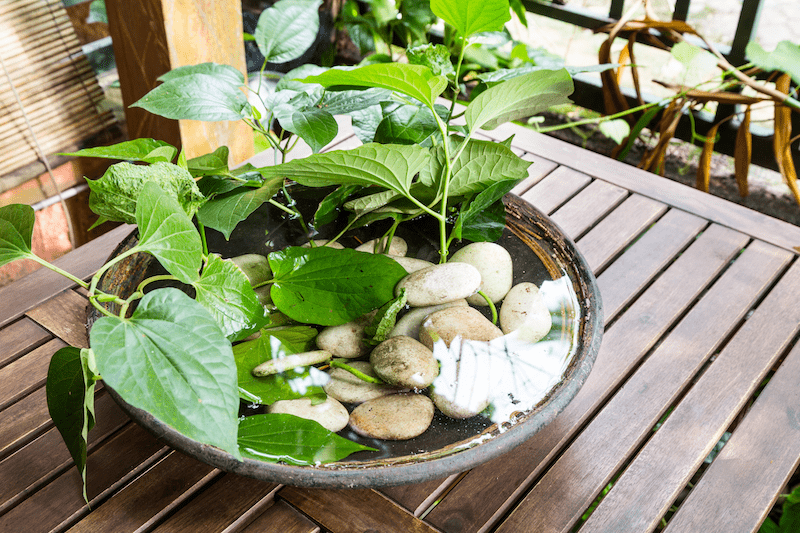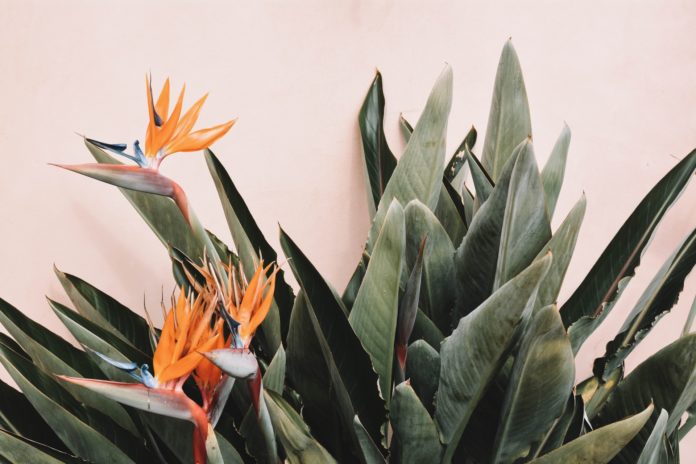
Sure, we’ve all heard that stagnant, pooled water can be dangerous. Indeed, we’ve all been warned against quenching our thirst from a cup of the stuff which has been sitting around for days. And we’ve certainly all been conditioned to associate mould and damp with a lurking sense of danger.
But it’s rare that we question why. Because in the beginning, stagnant water is only still water; life’s great elixir, Adam’s Ale, and something we all need to live. Over time, however, water which has grown stagnant can become a breeding ground for bacteria and insects. If you’re still wondering what stagnant water is and why it’s dangerous, then read our IDEAL guide.
WHAT IS STAGNANT WATER?
When still water becomes polluted over time, it turns to stagnant water. And the speed with which still water can turn into stagnant water depends on the surrounding environment.
Allow us to elaborate; when water gathers in a clogged sink, for instance, then it’ll become stagnant at a different rate to a puddle in the yard. If bacteria and insects can easily access the space holding the water, it will become stagnant faster.
A good way to tell if water has gone stagnant is to check for an offensive smell, in most cases, specifically of rotten eggs. The malodorous scent associated with stagnant water can be associated with various causes:
- Organisms and plants that can’t survive in the water die. As more organic life dies in the water body over time, the smell becomes more intense and the water becomes more toxic.
- If the stagnant water is linked to toilets or the sewage system, then the bad odour could be from human waste, however.
However, just because small organisms and plants can’t survive in stagnant water doesn’t mean that nothing can. In fact, harmful bacteria are known to thrive in stagnant water. Some insects also treat stagnant water as their breeding grounds.
BACTERIA & INSECTS IN STAGNANT WATER
Now, the serious stuff. Bacteria needs a humid and moisture filled environment to survive. Stagnant water, which can also contain human or other animal waste, is the perfect home for bacteria.
A particular kind of bacteria, the Legionella, is often associated with stagnant water. This bacteria causes Legionnaires’ disease in humans, a severe form of pneumonia which can adversely affect human health.
Due to these risks, conducting a legionella risk assessment is essential for buildings with water systems, especially those with cooling towers, hot tubs, or large air conditioning units. The bacteria can be caught by breathing in tiny droplets of water which contains the bacteria via AC units, hot tubs and rarely used taps and sinks, it should be noted that it is rarely caught from drinking water containing the bacteria. Perhaps you don’t need to buy that water distiller just yet.

The most common insect associated with stagnant water is the mosquito. Mosquitoes are known for spreading dangerous diseases such as malaria and dengue fever. The Zika virus is also associated with mosquitoes and if a human catches it, things could get serious. Mosquitoes prefer stagnant water, and you’ll need to use a specialised insecticide to get rid of them and their eggs once they’ve nested. Treatment for malaria can be can be complex and often involves a combination of antimalarial medications, supportive care, and sometimes hospitalisation, so it’s best to adopt a prevention not cure approach, of course.
MOULD AND STRUCTURAL DAMAGE
But that’s not all. Stagnant water is also associated with mould. Mould needs a humid environment to grow, and the more humid and warm the surroundings, the more quickly mould can develop.
It takes less than 48 hours for mould to develop in an area near stagnant water. Within twelve days, the mould will have settled into the structural foundations and the only way to remove this mould is through expensive repair. And here’s the thing; mould and mildew can be damaging to human health, reducing lung function and causing asthma.
Stagnant water also causes structural damage, especially when it happens inside the house. The bottom of a stagnant pool can become damaged, especially if it’s located on and around the flooring. If there is any leakage from water, then the damage can extend to the surrounding area as well. And to make matters worse, mould is also known for causing structural damage.
STAGNANT WATER: INSIDE VS OUTSIDE
Yep, as we’ve mentioned, stagnant water isn’t only found outside. It can also gather in the home. Clogged sinks and toilets, as well as leaking pipes which have led to water accumulation, can all become stagnant water.
That said, more often than not, stagnant water is found outside, where, fortunately, it is less of a health risk (though the smell certainly isn’t agreeable!). After a day of heavy rain, the puddles of water left behind can become stagnant if they’re allowed to fester. Homes with backyards, rooftops and terraces should all be particularly mindful about gathering stagnant water caused by rain. It’s neither good for you nor the wildlife in your garden.
Should you be lucky enough to have a swimming pool or hot tub, be aware that both can easily turn stagnant if they aren’t maintained. Pools, in particular, need to be aerated often; good water circulation is the key to maintaining clean and hygienic swimming pools. If the circulation system isn’t working and if leaves and other debris are allowed to gather, then the pool can quickly turn stagnant. And completely changing the water can be costly, both on the wallet and the watch.
DEALING WITH STAGNANT WATER
If you identify stagnant water, you should remove it straight away. First, drain the water while wearing gloves. Then inspect the place where the water had gathered. You will need to disinfect the area to ensure that there are no remnants of bacteria, mould, or any other disease-causing substances that have been left behind.
For garden ponds specifically, prevention is better than cure. Installing an aerator for your pond is a brilliant solution that keeps water moving, preventing it from becoming stagnant in the first place. These devices introduce oxygen into the water, supporting healthy aquatic life whilst simultaneously disrupting the still conditions that mosquitoes and harmful bacteria favour. Even a modest investment in an aerator for your pond can save considerable trouble and expense down the line.
If you’re a professional having to deal with stagnant water, then do invest in plumbers insurance to ensure that your health and safety is covered at all times.





